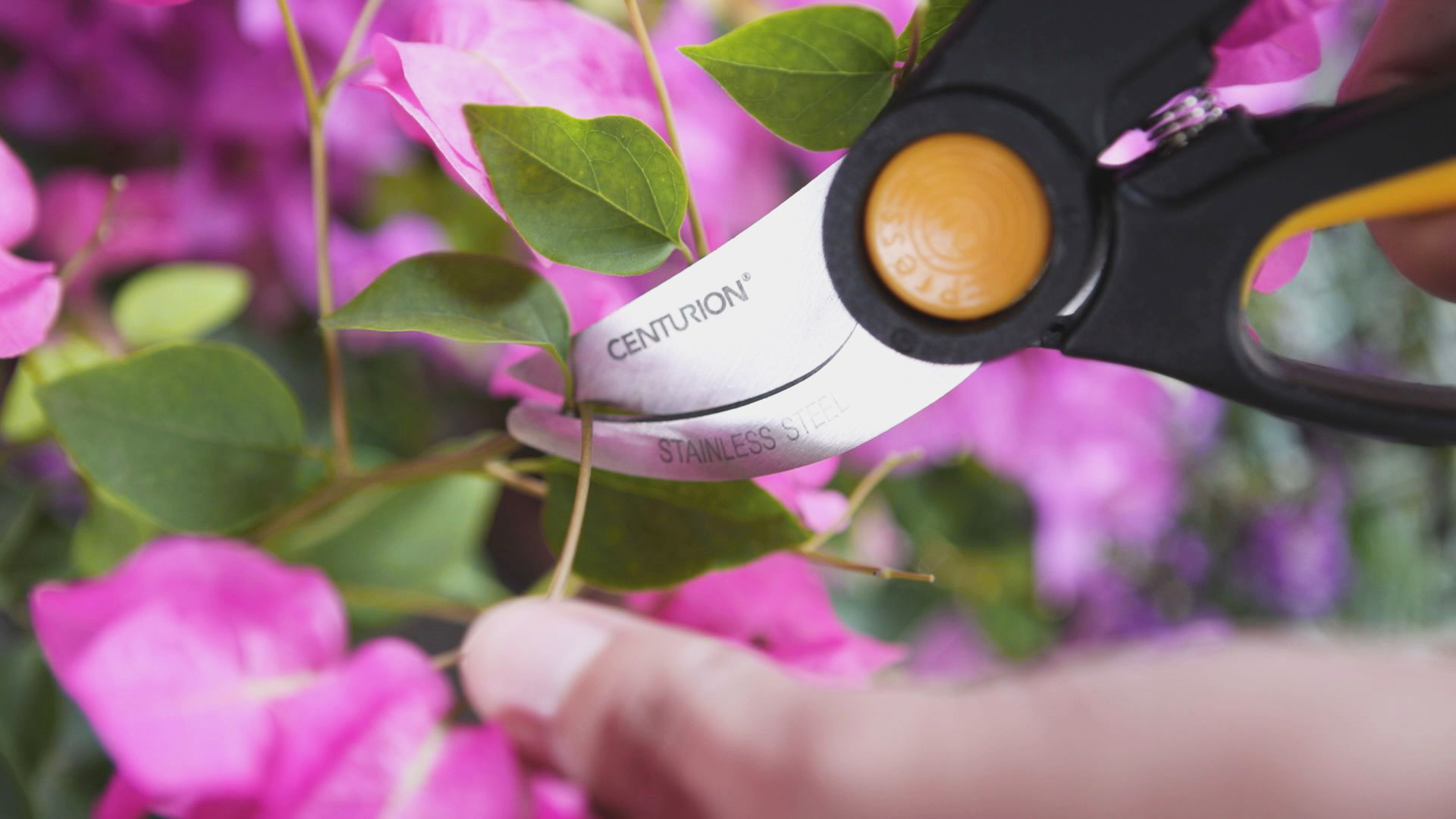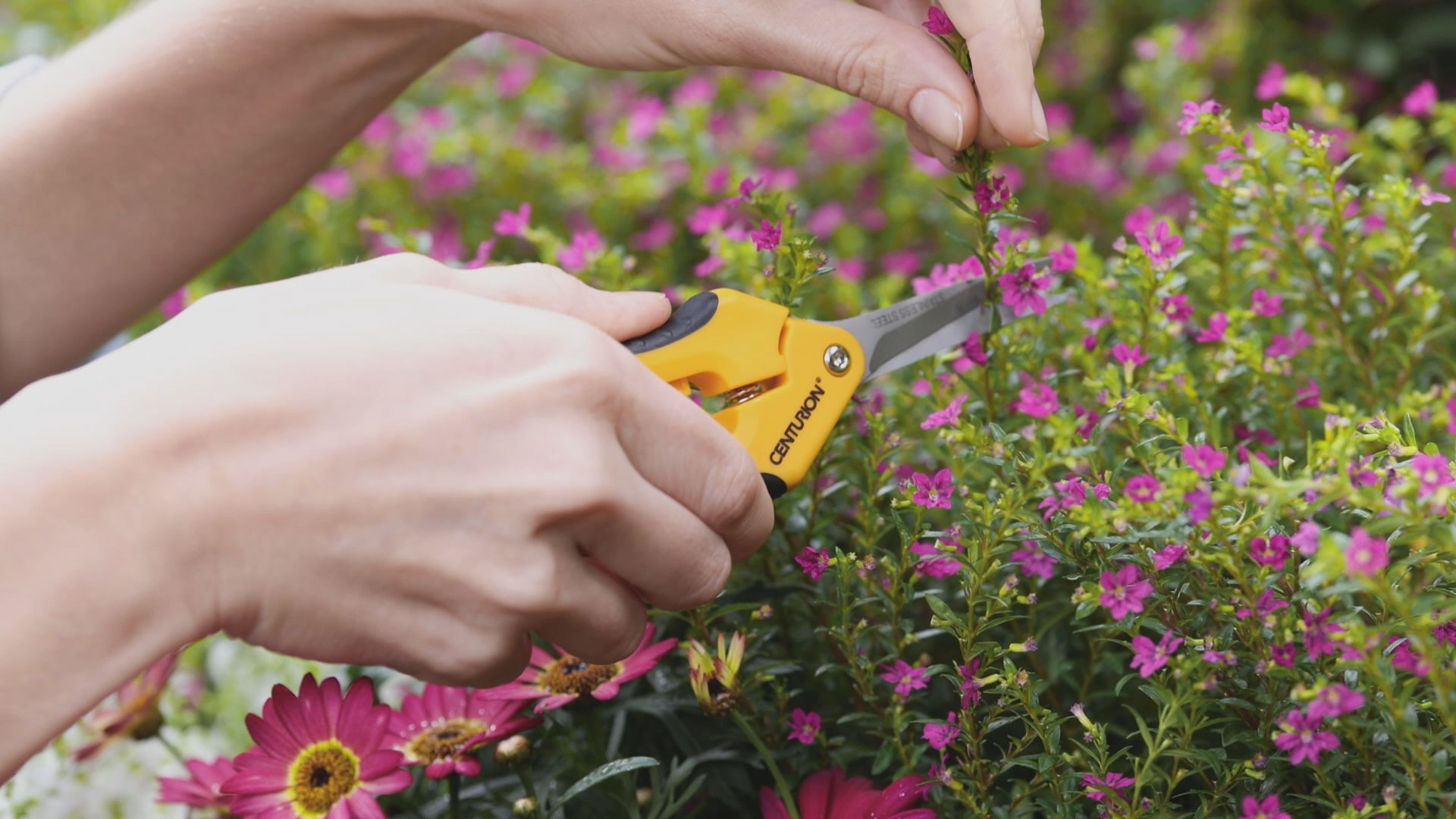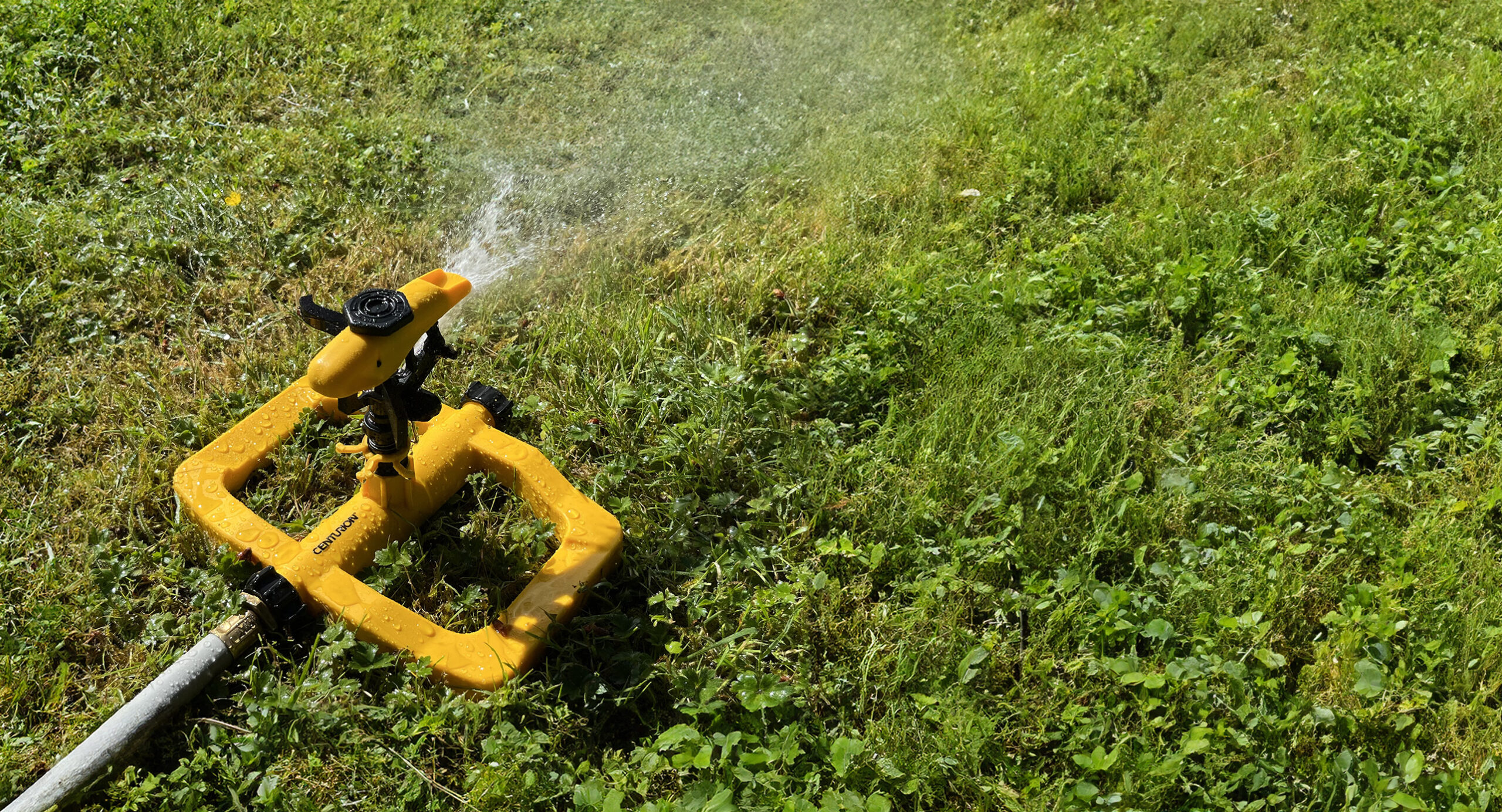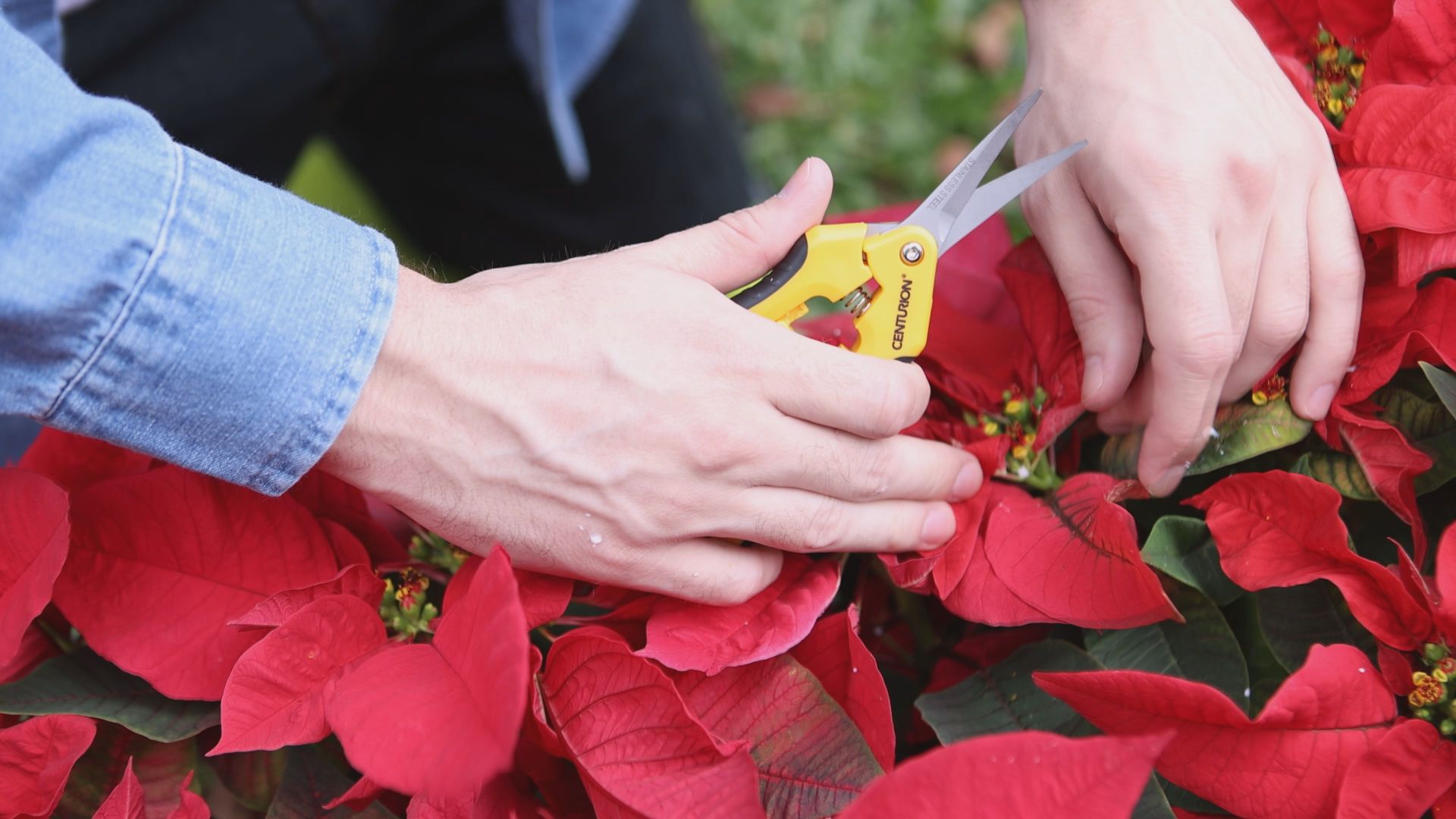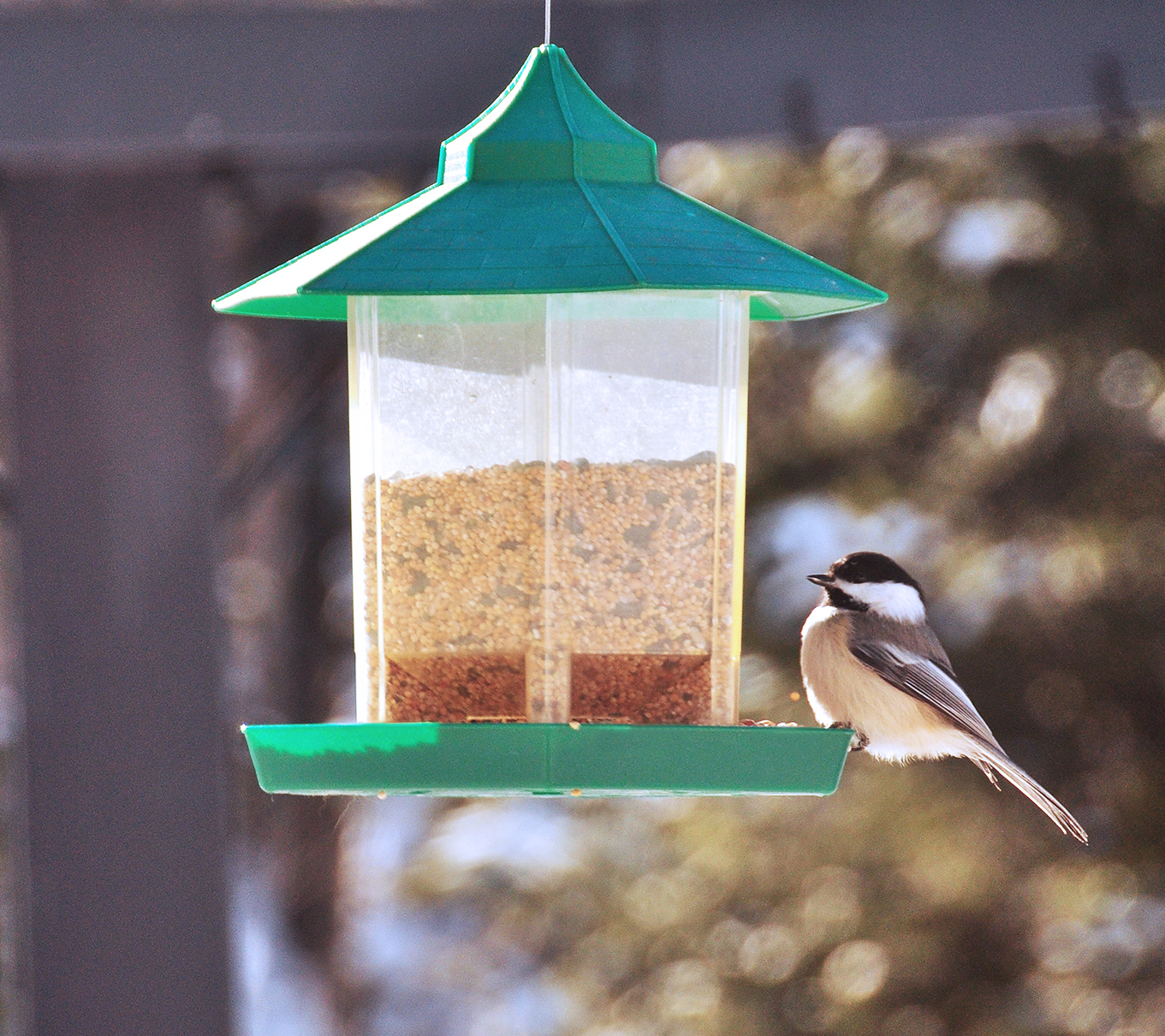Fall is here, the season for sweatshirts, leaf piles to jump in, football games and at least one more bonfire.
Get the whole family outside one of these bright, sunny days to help clean up the garden for winter. Kids will be more excited to help if they have tools their own size. And, in our book, it’s totally OK to bribe them with hot apple cider and s’mores.
Fall clean up used to mean raking up the leaves, putting them in bags and setting them by the curb. Today, gardeners realize that leaving the leaves is good for wildlife. It’s OK to leave the garden a bit more natural-looking, the winter silhouettes can be quite pretty.
Clean Up’s a Breeze and Good for Wildlife:
- Leave the leaves. Leaves are a multi-vitamin for your garden, a rich source of calcium, magnesium, phosphorus, potassium, and trace minerals. Leaves are a natural blanket for plants (not grass) and protect them during the winter. Leave your leaves in less formal parts of the garden or rake them into shrub borders. You’ll be creating crucial habitat for all kinds of wildlife, including frogs and toads, birds and butterflies.
- Make Compost. Leaves make the most beautiful, natural-looking compost. It’s often referred to as leaf mold. Gather up the leaves with an easy sweep Leaf Pickup bag. Ours has handles and holds up to 58-Gallons, that’s a lot of leaves! Rake leaves into a compost bin for winter. For a finer texture, mulch mow it first, then go over it with the bag on the mower and empty that into the bin. Either way, you’ll have a natural and nutritious mulch for your beds next spring.
- Let Your Perennials Stand. Understandably, many people have a desire to cut everything back to the ground so the borders look tidy. Try to resist. The spent flowers are often full of seed, an important late-season food source for birds and some pollinators overwinter in the hollow stocks. The stems naturally trap blowing leaves to protect the base of the plant from cold winter temps. Next spring you can prune dead stems and rake off leaves.
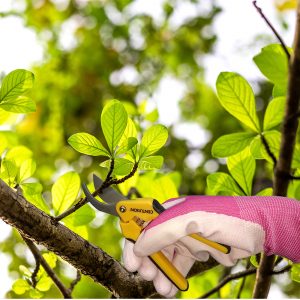
163_Precision ByPass Pruner
- Your Lawn Is Hungry. Fall is the best time to feed your lawn. It helps the grass to put down new roots and recover from the summer heat. Try to get an application in at least two weeks before the first frost. Choose a turf builder or fertilizer specially formulated for fall treatment. Water well afterward to help the grass soak up the nutrients
- Veggies Break The No Clean Up Rule. It is a good idea to completely remove all of the plant material from your vegetable beds. Old, decaying plants could harbor disease. Our 70-gallon lawn and leaf bag makes quick work of it. You can put a light covering of freshly mulched mowed leaves on top of the soil.
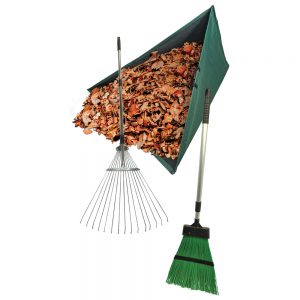
987_Fall Clearn Up Set
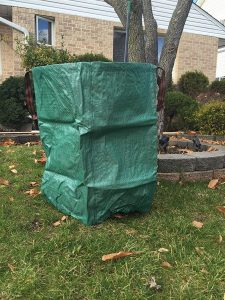
489_70-gallon garden bag
The natural look comes with more benefits besides less work. By making your yard more wildlife-friendly, you begin to notice more birds and other wildlife. Remember catching frogs when you were little? Now, it’s the kids turn.

